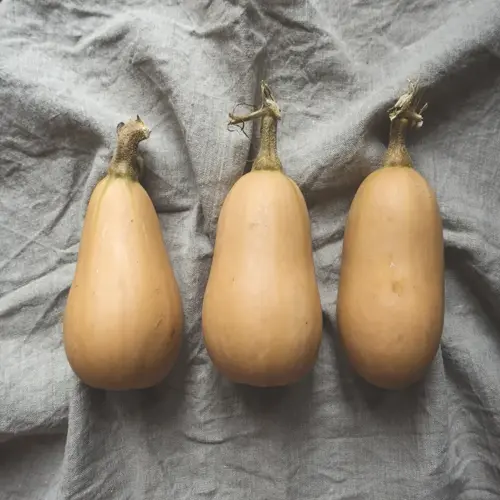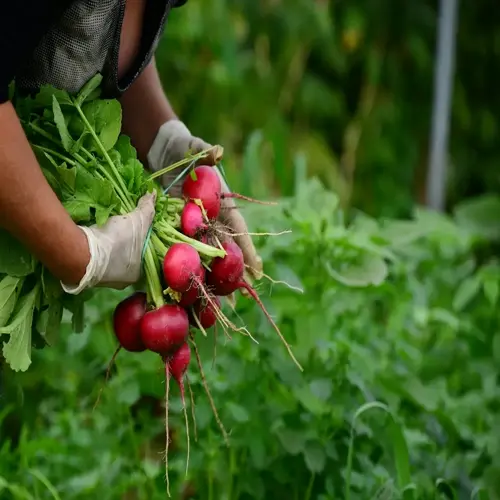Should I soak beans before planting?

Written by
Julia Anderson
Reviewed by
Prof. Charles Hartman, Ph.D.Soaking bean seeds before planting remains a banished gardening practice due to numerous problems. These soaking causes higher fungal pathogens and cracks in the seed coat, while not increasing germination. Beans will absorb moisture from wet soil within 24 hours, without the need for soaking first. In the case of damaged seeds from soaking, yields are commonly decreased significantly.
Pathogen Risks
- Fungal spores multiply in damp conditions
- Bacterial infections enter through split seed coats
- Root rot develops in pre-soaked seeds
- Contaminated water spreads diseases faster
Germination Problems
- Split seed coats expose vulnerable embryos
- Oxygen deprivation occurs in waterlogged seeds
- Energy reserves deplete before sprouting
- Uneven emergence creates weak seedlings
Yield Impacts
- Reduced vigor in soaked seedlings
- 30% lower production observed in trials
- Delayed flowering extends growth cycles
- Susceptibility to environmental stresses
Plant beans directly in well-drained warm soil when soil temperature reaches a minimum of 50°F. Prepare beds with a loose texture for better root development. Water directly after planting till the soil is saturated. If heavy rain is expected, cover with lightweight row covers made of remay. Seeds will absorb moisture naturally and not require soaking.
For difficult conditions, use alternatives with pre-sprouting. Soak seeds in a wet paper towel for a maximum of 24 hours. Plant when any root is discovered. The reason it's better than water soaking is that you avoid such a big risk of submerging them in water. So, you need to watch them closely to prevent any root tangling.
Soil preparation is more important than seed treatments. It is important to have good drainage and a pH of around 6.0-6.5, and raised beds for heavy soils are a good practice to employ. Adding compost helps retain moisture in your soil. These foundational elements do a better job of supporting natural germination than soaking the seed in water.
Read the full article: When to Plant Beans: Ultimate Growing Guide

